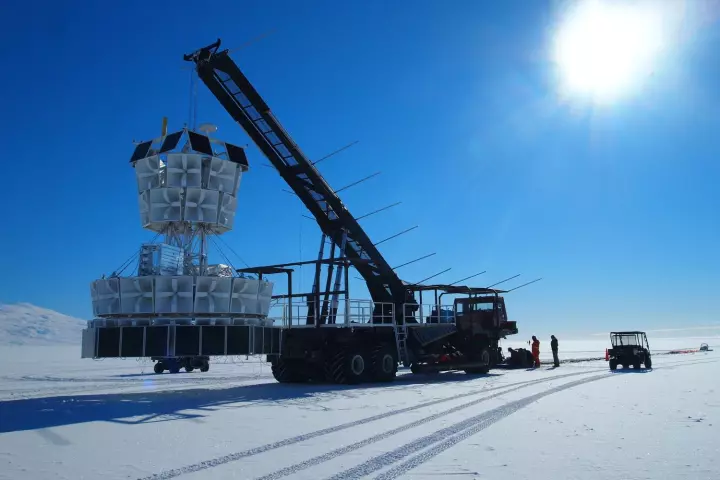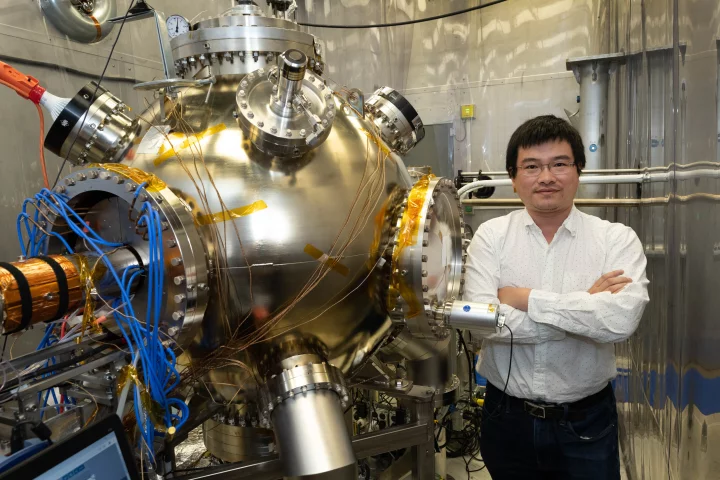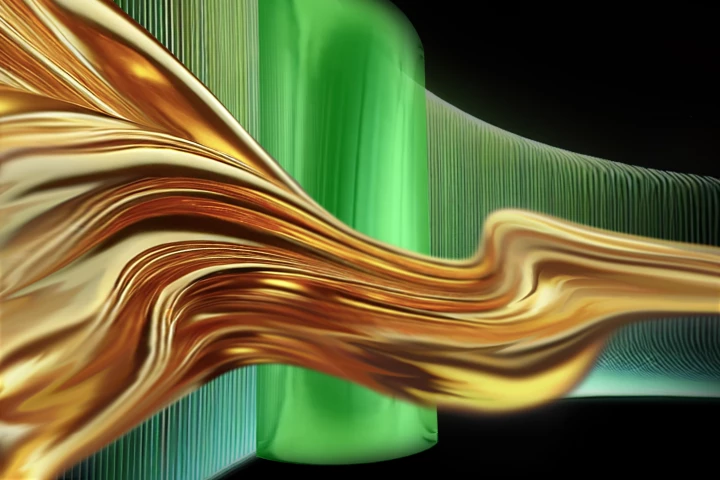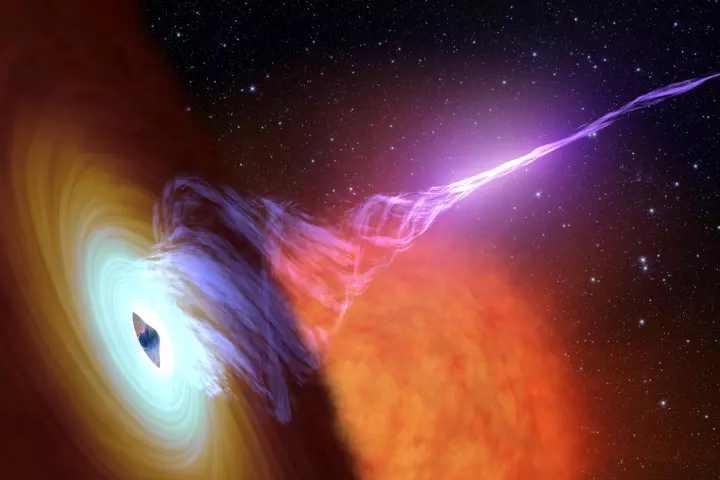Particle physics
-
It may sound like a plot twist out of a science fiction novel, but researchers have detected mysterious radio signals coming from beneath the Antarctic ice that appear to be inconsistent with the standard models of particle physics.
-
In studying the conditions that emerged just after the Big Bang using the Large Hadron Collider, scientists turned lead into gold – for just fractions of a second. Not a whole lot of gold, but gold nonetheless.
-
Dark matter is thought to outnumber regular matter by a factor of five to one – so why can’t we find the stuff? A new study proposes looking for it from space, using a satellite containing a levitating piece of graphite and a laser.
-
Scientists have accidentally discovered a particle that has mass when traveling in one direction, but no mass while moving in a different direction. Known as semi-Dirac fermions, particles with this bizarre behavior were first predicted 16 years ago.
-
Astrophysicists have detected the most energetic electrons ever recorded raining down on Earth. With trillions of times the energy of visible light, these cosmic rays seem to be coming from a powerful source relatively close to our solar system.
-
The first direct visualization of the shape of a photon has been created. These particles of light are impossible to photograph, but UK physicists have now calculated their wave function to produce an accurate image of a photon as it’s emitted.
-
On New York's Long Island, scientists are building an ambitious machine to tease apart the mysteries held inside atomic nuclei. A major component of that system is the world's highest voltage electron gun and it's just aced a six-month test.
-
MIT scientists have coaxed atoms into an exotic “edge state” for the first time, allowing them to flow completely friction-free. The breakthrough could lead to better superconductor materials.
-
Physicists have created the heaviest clumps of antimatter particles ever seen. Known as antihyperhydrogen-4, this strange stuff could help us solve some of the most puzzling physics mysteries.
-
The subatomic world is hard to image not just because it’s incredibly tiny, but super fast too. Now University of Arizona physicists have developed the world’s fastest electron microscope to capture events lasting just one quintillionth of a second.
-
Supermassive black holes have been known to belch gigantic beams of plasma into space – and now scientists have managed to recreate these fireballs in a lab at CERN.
-
Professor Peter Higgs has died aged 94. The theoretical physicist was best known for his prediction of a key elementary particle, the Higgs boson, which earned him the 2013 Nobel Prize in Physics soon after its discovery.
Load More











